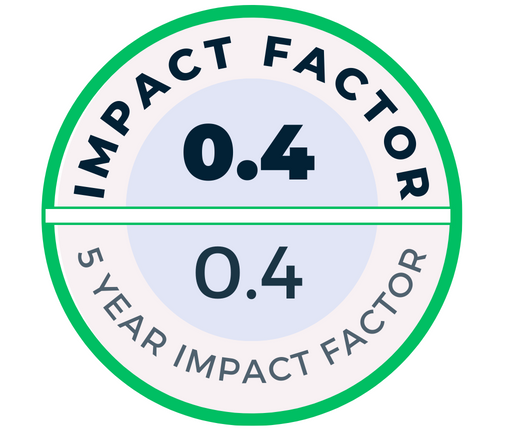The poultry industry faces several challenges, and implementing measures to combat harmful germs is crucial to enhance animal health and farm profitability. The objective of this study was to objectively examine the detrimental impact that airborne and surface-dwelling bacteria, including Salmonella spp., Escherichia coli, Staphylococcus aureus, and Pseudomonas aeruginosa, on breeder survival, egg-laying rates, and overall hatchability of eggs within hatcheries. A total of 184 samples were procured from three poultry breeding centers in the meat industry sector located in the Mostaganem region in Algeria. The breeding center saw a cumulative mortality rate of 7.1% according to the study. The reduction in production was linked to a decrease in cumulative hatching egg production (604137 ± 0.01 for batch 1 and 601767 ± 0.01 for batch 2), as well as a significant decline of 13.70% in the hatching rate, which can be attributed to the circulation of pathogenic germs that impacted the birds’ viability. The contamination has been associated with the decay of litter housed inside the buildings, elevated levels of ammonia, eggs that have been polluted with droppings from birds housed on the floor, and improper disposal of dead birds. To produce high-yielding broiler chicks, it is paramount to maintain sanitary, hygienic, and technical standards, alongside careful handling of the eggs that are to be hatched.
Cite this article as: Saidane, Z., Dahou, A. A., Daoudi, M., Dahmouni, S., & Homrani, A. (2024). Consequences of technical and sanitary practices on laying and hatching rates in the Gallus gallus domesticus meat sector in the Mostaganem Region (Algeria). Acta Veterinaria Eurasia, 50(1), 3-8.


.png)


.png)